1. Stockton Rush Was Onboard

Image Source: The Independent
Stockton Rush was the CEO of OceanGate, the company that owned the Titan Submersible. Rush had previously worked as a flight test engineer on the F-15 program before founding OceanGate as a company. His goal with OceanGate was to make deep-sea submersibles commercially available for adventure-seekers with a lot of cash in their pockets.
2. OceanGate Had Only Been Doing Trips Since 2021
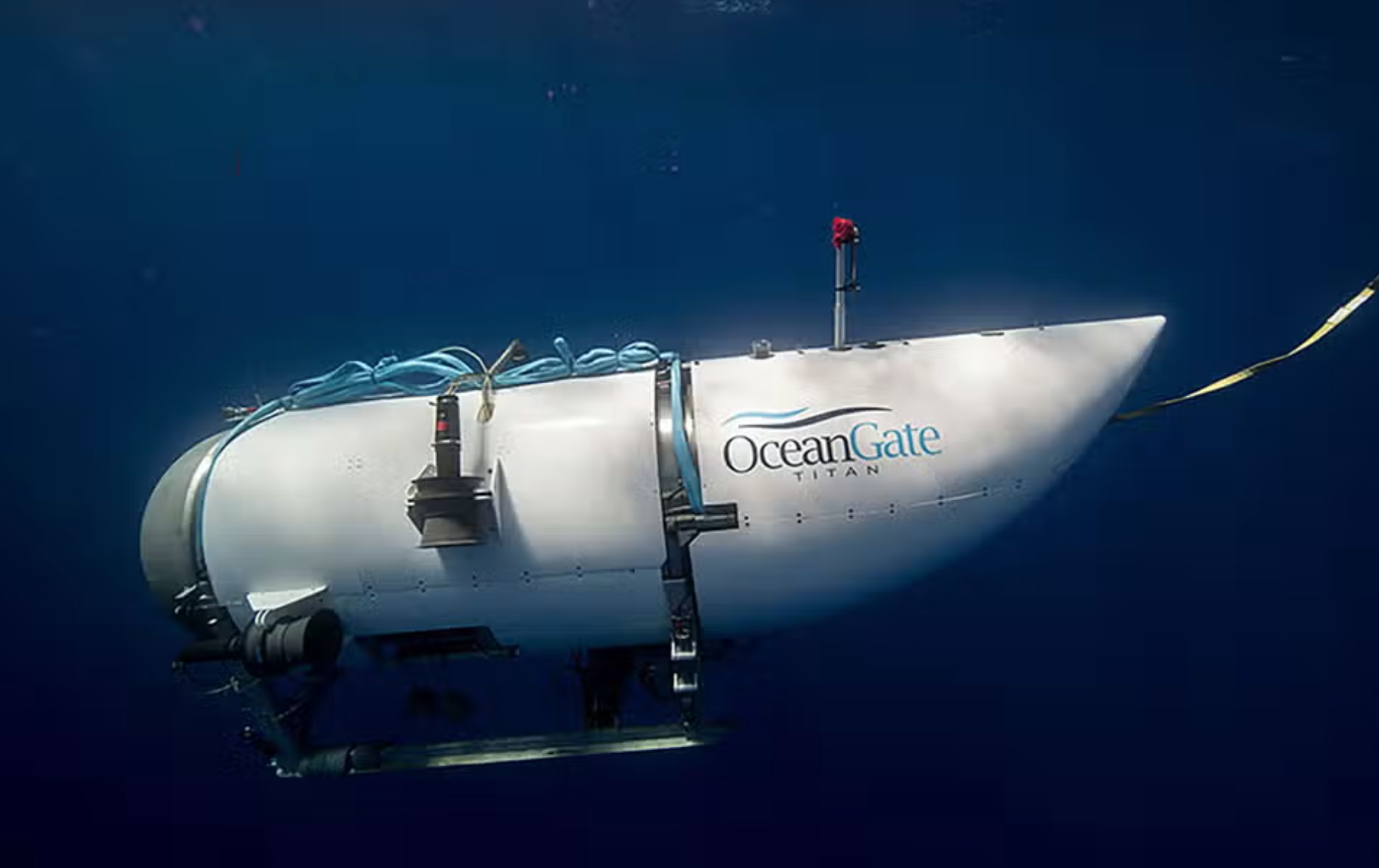
Image Source: Evening Standard
Apparently OceanGate had done over 50 test dives to test the structural integrity of the vessel along with the communications systems, but it had only made a small number of trips with paying customers aboard since 2021. If you're paying the amount of money that was being charged to be aboard the Titan Submersible, you'd expect them to have made more trips!
3. It Wasn't Very Big Inside

Image Source: The Boston Globe
The Titan Submersible wasn't made to be luxurious inside, but you'd think they could have made it ever so slightly bigger inside. It could fit 5 people on board - a pilot, a navigator and three customers - but it wasn't exactly spacious inside. In fact, the space someone had inside the vessel was equivalent to the space you'd have if you were inside of a phone box.
4. It Had Done Previous Trips

Image Source: Manchester Evening News
The Titan Submersible had actually completed previous trips to the Titanic shipwreck. Since 2021, it had completed three trips, and one of the trips had journalist David Pogue on board. Pogue, who was reporting for CBS at the time, spent five hours on the Titan Submersible, but the trip was halted half way through due to technical issues and they had to ascend to the surface.
5. It Was Visiting Titanic Shipwreck
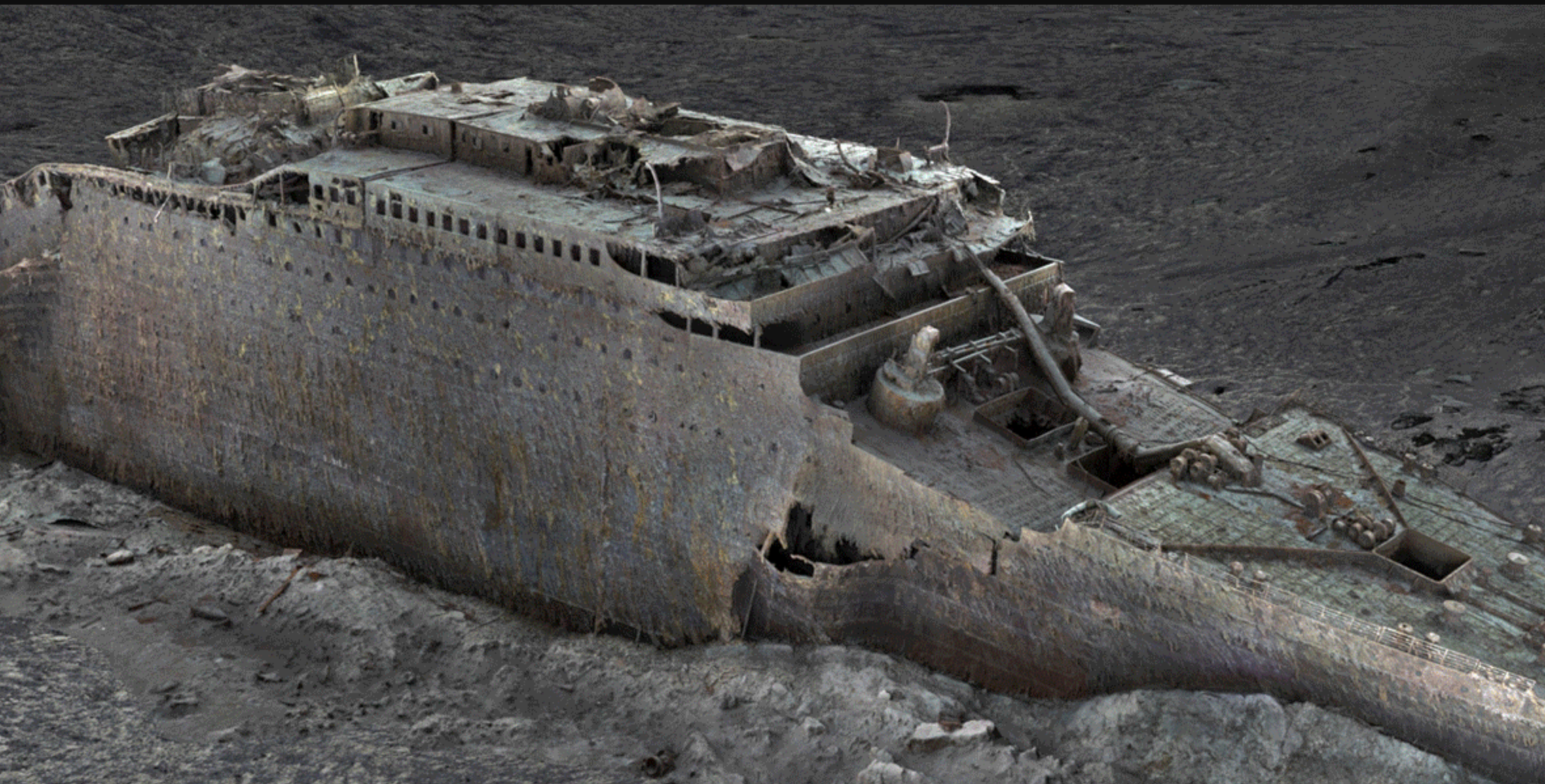
Image Source: NBC News
The vessel was designed to visit the Titanic shipwreck so that paying customers could see it up close. The shipwreck itself lies at a depth of about 3,800 metres - nearly 2.5 miles. The Titanic isn't the deepest wreckage (that's the USS Samuel B Roberts that lies around 4 miles deep, crikey), but to visit it somewhat safely the vessel needs to be able to withstand the immense pressure.
6. It Was Controlled By A Wireless Games Controller

Image Source: NYPost.com
Yep, you read that right. A submersible that went to depths of 3,800 metres, whereby the water pressure is around 25,000 PSI, was controlled by an old wireless games controller. OceanGate claimed that it was perfectly useable and that the submersible didn't need anything technical, but it seems absolutely crazy when you consider other submersibles have much more robust controls.
7. It Had 5 People On Board

Image Source: The Telegraph
There were 5 people aboard the Titan Submersible, including the OceanGate CEO Stockton Rush (his name doesn't sound real does it?). Among the other passengers were Hamish Harding, a billionaire who'd broken several deep sea records, Paul-Henri Nargeolet, who'd made several trips to view the titanic, and Shahzada Dawood and his son, who was a chairman of a Pakistani energy investment company.
8. Apparently It Could Go Deeper Than Navy Submarines

Image Source: Forbes
Submersibles are designed differently to submarines used in the Navy. Military submarines generally operate at a depth of around 300m, but they can go lower. Some Russian subs are believed to able to reach depths of 2,000m, but this is exceptionally rare. Submersibles however are specifically designed to reach incredibly low depths, so it's no surprise the Titan could go deeper than a submarine.
9. James Cameron Isn't A Fan

Image Source: The Independent
The prolific movie director James Cameron has publicly criticized Stockon Rush, OceanGate and the Titan Submersible. Cameron has visited the Titanic shipwreck 33 times, and spent years with his engineering team to produce a submersible that was suitable for reaching those depths. Cameron stated that OceanGate didn't approach safety with the same "rigour and discipline" needed for deep sea exploration.
10. It Was Made Of Cost-Efficient Materials

Image Source: BBC
When you think about it, this says it all. Not to say that cost-efficient means low quality and there are plenty of cheap things out there that work perfectly well, but when it comes to designing and building a vessel with a purpose of reaching dangerously low depths, 'cost-efficient' probably isn't the phrase that you want to hear when entering a submersible.
11. A Ticket Was Pricey

Image Source: Sky.com
The type of money that was required to successfully purchase a ticket aboard the submersible is eye-watering. You could buy a house with the same amount of cash. But, when you're a billionaire, $250,000 probably doesn't seem like much of a dent in your fortune. Yep, quarter of a million it cost to gain access to the Titan Submersible, and all you had to do was sign a waiver.
12. It Was Only 22ft Long

Image Source: The Independent
Not that it was meant to be the size of a military submarine, but the Titan Submersible wasn't exactly a big vessel. Even Great White Sharks can reach the length of the Titan Submersible, which doesn't seem particularly safe when you consider that five people were inside. Ultimately, the vessel was nowhere near as robust and capable as it should have been.
13. The Titan Submerged On 18 June

Image Source: Metro.co.uk
The MV Polar Prince departed Newfoundland on the 16th June with the Titan Submersible aboard, and they reached the dive site on 17th June. One of the passengers, Hamish Harding, posted on Facebook on the 17th stating that the conditions were awful and this trip would likely be the only one to visit the Titanic in 2023 - on the morning of the 18th, the Titan began its final journey.
14. They Were Meant To Resurface The Same Day
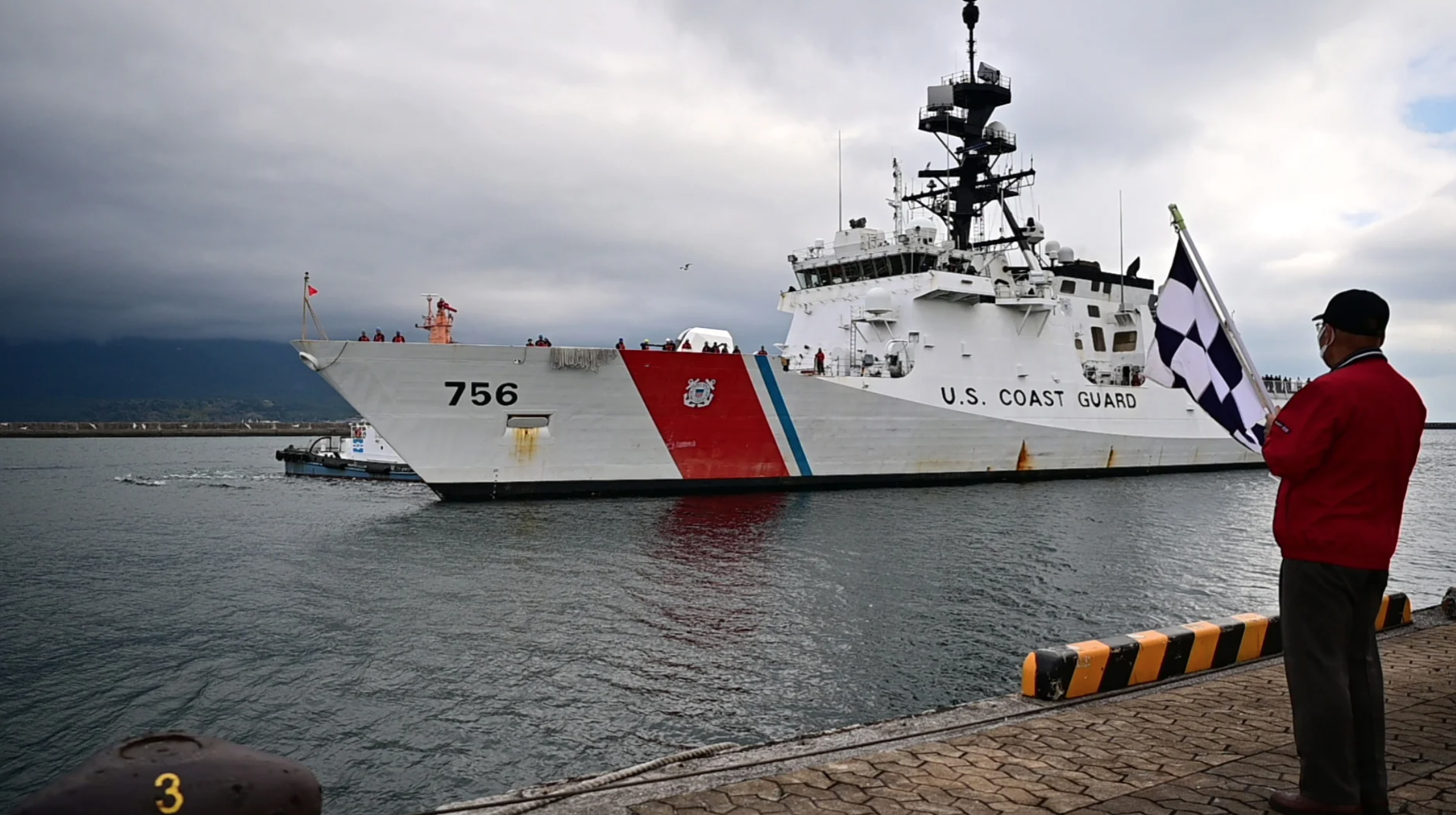
Image Source: Taskandpurpose.com
According to OceanGate, the dive began around 12:00pm UTC, and they communicated with the MV Polar Prince every 15 minutes for the first hour and a half of the operation. After this time, they lost communication with the Titan Sub and never heard from them again. They were scheduled to return to the surface at 19:00 UTC, and it wasn't until 21:40 UTC that the Coast Guard were alerted.
15. The Coastguard Continued The Search For 4 Days

Image Source: Forbes
The U.S Coast Guard began their search for the Titan Submersible on the 18th June and continued it for 4 whole days. The search involved the Canadian Air-Force scanning the sea surface, along with the Coast Guard searching using sonar beneath the surface. It was believed that, if the Titan was still in tact, that the passengers aboard only had a number of hours before the oxygen ran out.
16. They Found Debris On 22 June

Image Source: NBC News
Around 16:00 UTC on the 22nd June, the U.S Coast Guard confirmed that they had found debris around 500m away from the Titanic. They found the debris in two different areas - essentially they found it in two pieces. The U.S Coast Guard later confirmed that it was in fact the Titan Submersible that they had found, and that the passengers would have all suffered fatalities.
17. The Titan Imploded Due To Pressure

Image Source: USA Today
The U.S Coast Guard confirmed that the Titan's pressure chamber imploded, and that the debris was found scattered near the Titanic itself. According to Rear Admiral John Mauger, the debris found was evidence of a "catastrophic loss of the pressure chamber". The media asked whether or not the bodies could be recovered, and the response from Mauger was that he wasn't optimistic.
18. The Navy Heard The Implosion Only Hours After It Submerged

Image Source: Texas Public Radio
One of the more interesting facts about this case was that the U.S Navy had actually heard the implosion via their sonar technology at the time the Titan lost communication with the MV Polar Prince.However, the report of the missing vessel wasn't called in to the U.S Coast Guard for over 8 hours, meaning that they lost precious rescue or recovery time.
19. The People On Board Wouldn't Have Known What Was Happening

Image Source: NPR.org
According to specialists, scientists and the U.S Coast Guard, the passengers on board the Titan Submersible wouldn't have known what was happening. The leading theory is that the pressure hull imploded in the vessel, which would have killed the passengers instantly. In fact, it was even quicker that a bullet to the head, meaning that the passengers wouldn't have felt anything.
20. It Was The Hull That Failed
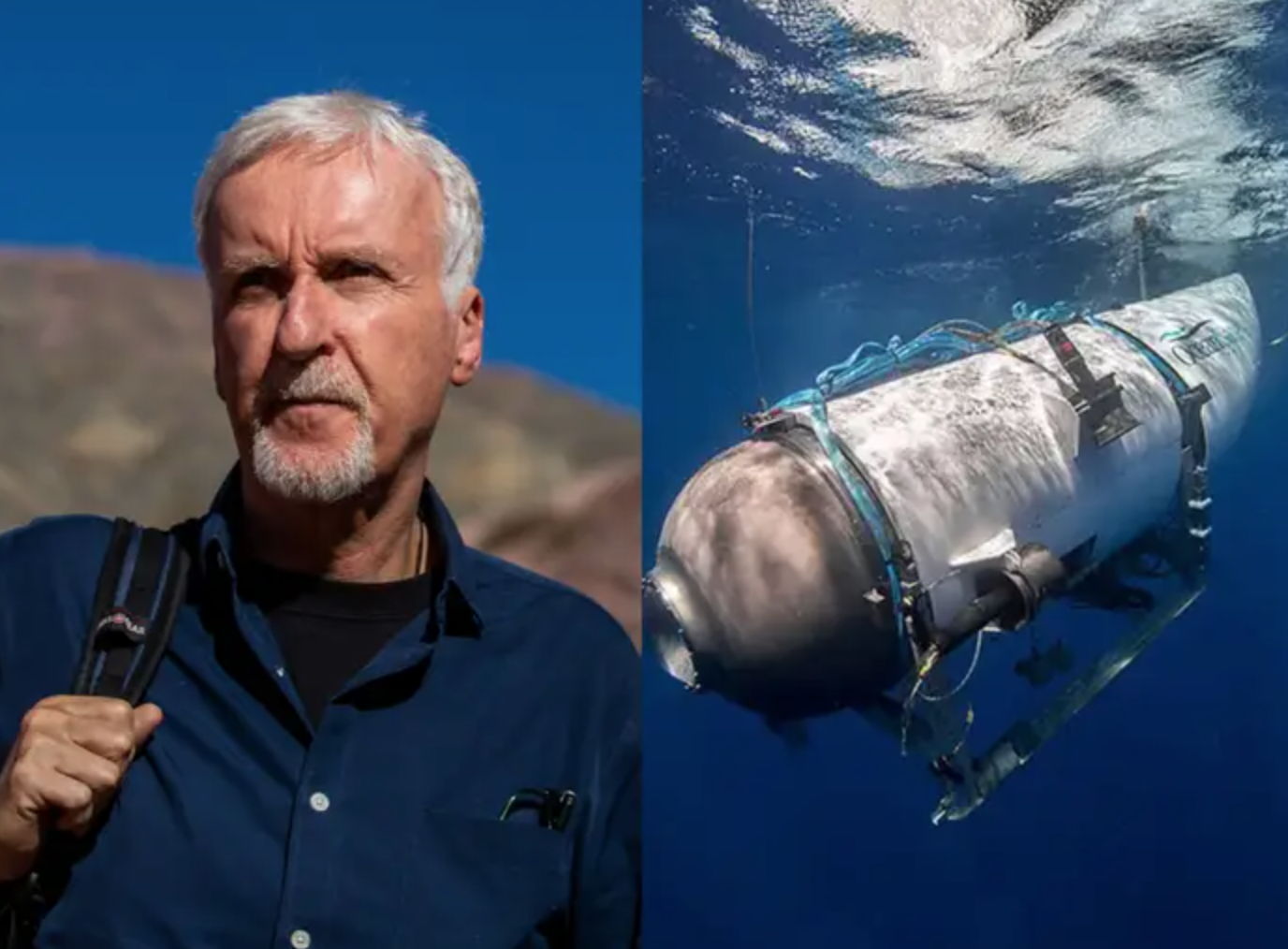
Image Source: Insider
The most important part of a submersible is the hull. This part of the vessel is specifically designed to withstand the increasing pressure as the submersible dives deeper, and keep the integrity of the vessel and the people inside safe. If the hull starts to fail at any point, the whole vessel will be at a huge risk of implosion, which is exactly what happened to the Titan Submersible.
21. The Titan Submersible Had Problems In Previous Trips
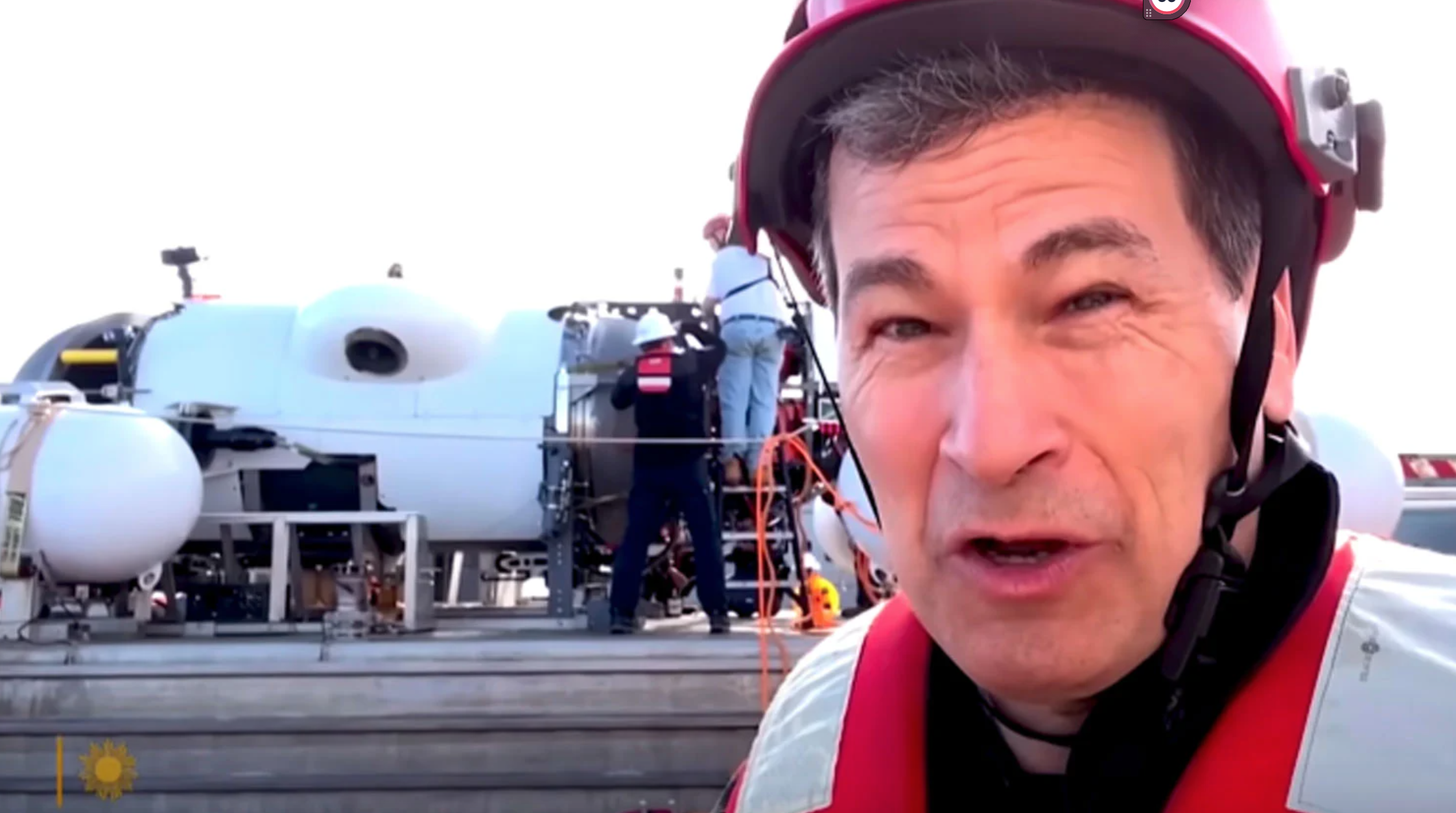
Image Source: Deadline.com
The most famous problem was the trip that David Pogue was on, whereby the submersible lost communication and became completely lost when trying to find the Titanic. In 2022, one of the thrusters was installed the wrong way, which resulted in the Titan spinning round in circles on the sea floor. It had also suffered from battery issues in the past...
22. The Carbon Fibre Was Old

Image Source: thetruthaboutcars.com
According to an interview with the editor-in-chief at Travel Weekly (a travel industry magazine), Rush stated that he had purchased the carbon fibre used in the hull from Boeing. He said that they gave him a discount as the material was too old for Boeing to use in their planes. If a plane manufacturer was unwilling to use it in a plane, then it probably shouldn't have been used for a submersible!
23. Even If They Survived They Couldn't Get Out

Image Source: The Daily Mail
Another crazy fact about this incident is that the only entrance and exit of the submersible had to be bolted shut for safety. You read that right - BOLTED shut. So, even if something went wrong and they could float up to the surface, they wouldn't have been able to escape the submersible even if they had wanted to. The more you read about the Titan, the crazier the whole thing gets.
24. It Hadn't Made That Many Trips

Image Source: The Independent
It isn't totally clear just how many trips the Titan Submersible actually made, let alone completed, and there are various numbers that have been reported. On a whole, it seems that the vessel attempted to make around 10 trips to the Titanic with passengers aboard. Interestingly, OceanGate have stated that they tested the vessel over 50 times prior to allowing passengers aboard.
25. The Whole Dive Should Have Taken Around 8 Hours

Image Source: Flipboard.com
According to the original plans and schedule for the Titan Submersible trip, it should have taken around 2 hours to descend to the Titanic, and, after a couple of hours exploring, another few hours to safely ascend to the surface, avoiding the chance of its passengers suffering from 'the bends' (a life-threatening condition that occurs when people ascend too quickly after being in deep water).
26. It Wasn't Subject To Safety Regulations

Image Source: Insider
Amazingly, the Titan Submersible wasn't actually subject to any kind of safety regulations that apply to other marine vessels. This is because they operated in international waters and didn't embark from a port with passengers. The majority of other vessels, especially submersibles, are required to uphold numerous and rigorous tests and strictly adhere to regulations that are designed to keep people safe.
27. The Vessel Wasn't Seaworthy

Image Source: Marca.com
The insanity keeps expanding with this point - the Titan Submersible wasn't even considered seaworthy. Pretty much every vessel that takes to sea, whether it be a submarine or submersible, or even just a normal ship, must be accredited and deemed seaworthy by a third-party organization or regulatory body. However, the Titan Submersible wasn't ever deemed seaworthy.
28. All Passengers Had To Sign A Waiver

Image Source: NYPost.com
According to Pogue in 2022, every single passenger attempting to board the Titan Submersible had to sign a waiver prior to boarding. This waiver stated that each passenger was informed that the submersible was experimental and had not had any kind of certification, and that they were putting themselves at risk of physical and mental trauma, including loss of life.
29. Rush Even Told The Media He Had Broken The Rules

Image Source: The Sun
If you have the opinion that Rush was a tad arrogant (and ignorant), you wouldn't be alone in that assessment. In a 2021 interview, Rush told a reporter that the materials he used to build the hull (carbon-fibre and titanium) was against the rules, but that he did it anyway. Apparently it's hard to predict how two materials will react together under immense pressure, which is why most submersibles only use one material in the hull.
30. Even The Marine Ops Director Had Safety Concerns

Image Source: Metro.co.uk
David Lochridge was the Director of Marine Operations for OceanGate and, in 2018, filed a report addressing his safety concerns about the Titan Submersible. In this report, he stated that the viewport was only structurally safe up to a depth of 1,300m - the Titanic is over 4,000m deep. Apparently, he begged OceanGate to have the Titan Submersible assessed, but they didn't do it.





























